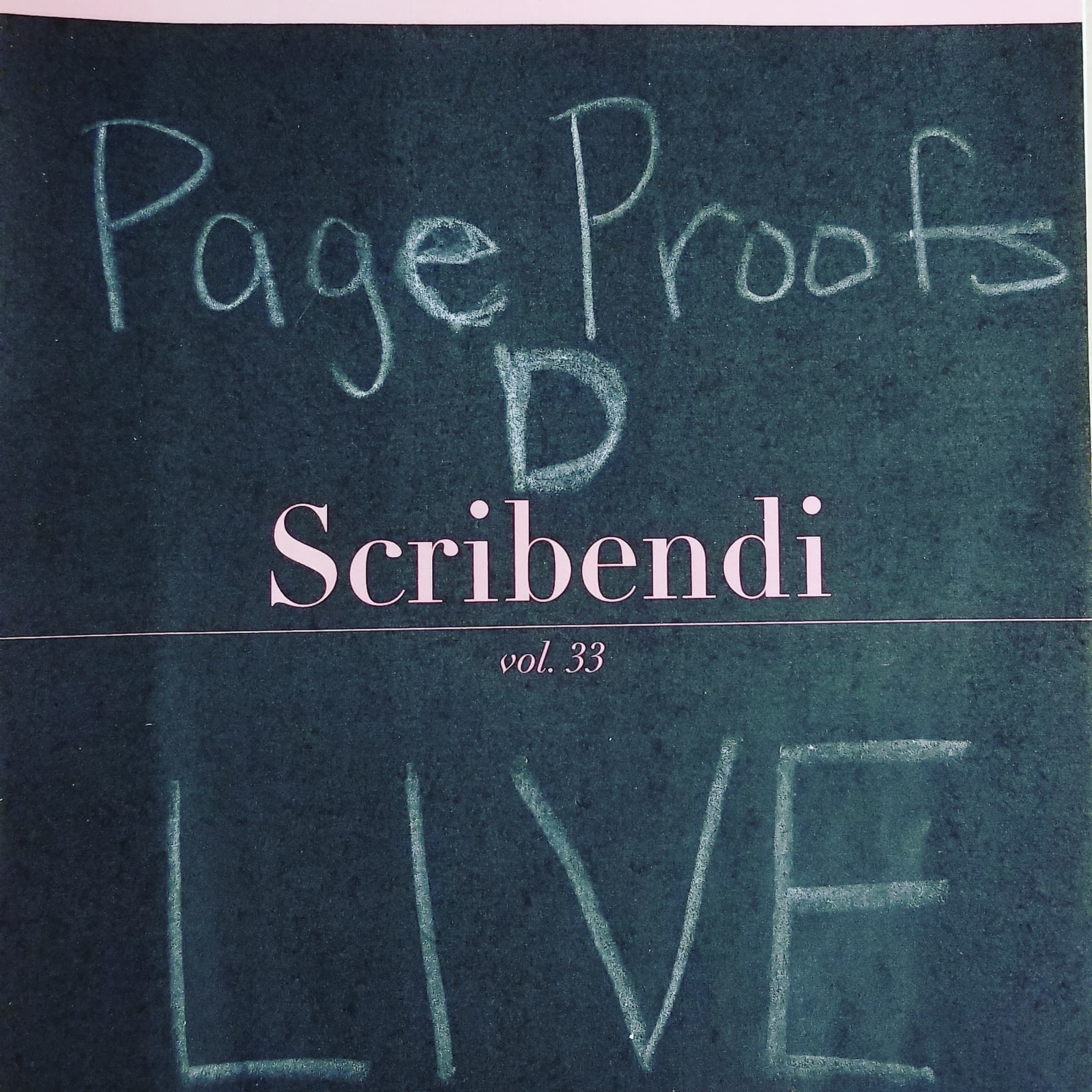And that’s a wrap! Scribendi is off to the presses and soon will be ready to make its world debut. It’s been a long journey to get here, and the Scribendi staff is excited to show off the creative works of honors students from around the United States. But what went on behind the scenes to get here?
It started with honors students around the country sending in their creative works. The Scribendi staff read all the stories and poems, looked at all the artwork and open media submissions, and from there we selected our favorites in every category; we received 560 submissions this year, our highest number yet. Everyone on staff voted and we compiled a shortlist of works we’d like to publish from every category.
At the end of the semester, everyone made their own mini mags: their own pitches for the future design of the 2019 Scribendi magazine. Based on the votes for their favorite designs, the staff came up with a basic concept of what we wanted the next edition of Scribendi to look like.
Over winter break, a team of seven individuals from the staff worked on creating two potential designs for the magazine. During the first week of the spring semester, they presented their designs to the Scribendi staff for them to vote. Once the design was chosen, the staff started copyediting the literature that had been submitted. The submissions were divided among three groups, each group checking for typos and making sure everything adhered to the Scribendi style guide.

Once the interior design of the magazine was finalized, the typesetting of the pieces began. Teams were assigned to designing the front matter (things like the dedication page, the foreword, about Scribendi, table of contents, etc.) and back matter (things like the afterword, the special thanks page, contributor bios, etc.). A small team was assigned to inputting the photography and visual art submissions we had received onto designated pages.
After everything was typeset, the editors arranged every piece, and we printed out all the pages. We completed the first round of page proofs, which included the basic copyediting tasks, but also more complex issues, like triple checking the spelling of contributors’ names, the spacing of the design elements on the pages, making sure the pull quotes chosen actually showed up on the right page, etc. Task sheets slowly filled with people’s initials as everyone took on design and copyediting tasks.
While all this was going on, the staff each came up with their own cover design for the future edition of Scribendi. After three voting sessions, a cover was selected from the ones submitted and tweaked to reflect the input from the rest of the staff.
The staff had four sets of page proofs over the course of four weeks before we sent the finished product to be printed. It was a tight production schedule this year, but the staff worked together to produce the 33rd edition of Scribendi. We’ll keep you posted on any breaking news from Scribendi. Until next time!
